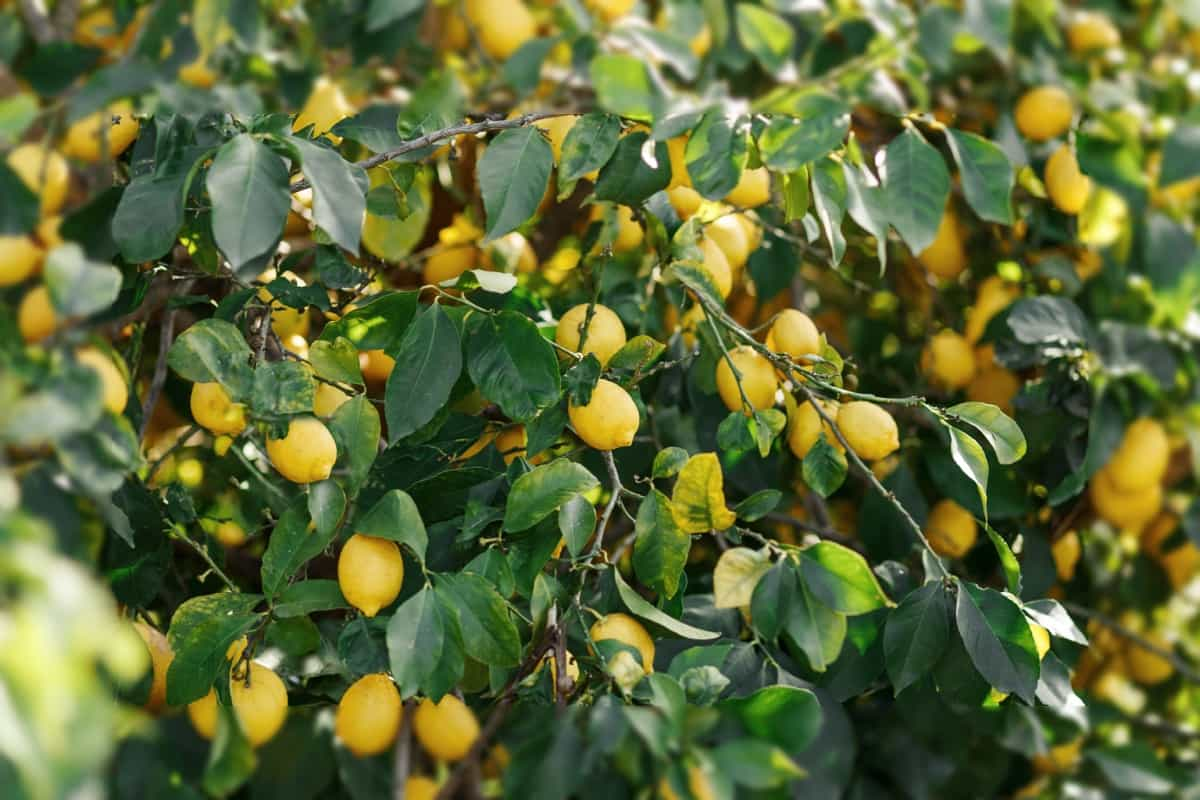New grapevine virus detected in three states, but industry says no reason to panic
A grapevine disease that has never been discovered in Australia has been identified in three separate states.
Key Points:Grape and wine industry says there is no evidence of red spot virus spreading in vineyards or nurseriesBiosafety authorities are undertaking further testingVirus is potentially in Australia for over a decade with no potential for spreadRed spot virus has been detected in wine grape collections in South Australia, Western Australia and Victoria.
Although collections are used for propagation, the virus has not been discovered in commercial nurseries or vineyards.
According to managing director of Australian Grape and Wine, Tony Battaglene, it was detected during random biosecurity testing.
"Looks like it came when people brought vines probably from the United States," he said.
The virus prevents photosynthesis in the vine, which has an impact on the fruit.
"Sugars do not enter the grape itself, they stay in the leaf," Mr. Battaglene explained.
"The berries only ripen later, some clusters never ripen.
< p class="_1g_Rg"> "They have reduced sugar content, they have poor color and there are impacts on tannins and phenolics – all those things that give you the flavor profile."What you do is get very poor quality grapes and low yielding vines."
Additional testingIndustry is now working alongside the state governments of WA, SA and Victoria to carry out more testing to map exactly where the virus is in Australia.
When there is a suspected incursion or after an identified incursion, a system is put in place with state authorities and industry.
"We have a technical group, which identifies if it is possible to eradicate this and the potential spread", said Mr. Battaglene.
"Then it will go to a decision making process on what action we need to take."
Although detection in Australia was recent, the virus is believed to have been here for some time.
"It looks like some infected material was imported a long time ago, probably 10 or 15 years ago," Battaglene said.
"We have no evidence that it is spreading since being in Australia."
The virus was first discovered in Napa Valley in California in 2008 but is believed to have been around longer ps because it is similar to another grapevine virus, it has escaped notice.
The virus spreads from vine to vine with a vector - in the United States c is a leafhopper.
There is currently no Australian equivalent thought to exist, which may prevent transmission.
M. Battaglene says that while there is no need to panic, eradication is essential.
A grapevine disease that has never been discovered in Australia has been identified in three separate states.
Key Points:Grape and wine industry says there is no evidence of red spot virus spreading in vineyards or nurseriesBiosafety authorities are undertaking further testingVirus is potentially in Australia for over a decade with no potential for spreadRed spot virus has been detected in wine grape collections in South Australia, Western Australia and Victoria.
Although collections are used for propagation, the virus has not been discovered in commercial nurseries or vineyards.
According to managing director of Australian Grape and Wine, Tony Battaglene, it was detected during random biosecurity testing.
"Looks like it came when people brought vines probably from the United States," he said.
The virus prevents photosynthesis in the vine, which has an impact on the fruit.
"Sugars do not enter the grape itself, they stay in the leaf," Mr. Battaglene explained.
"The berries only ripen later, some clusters never ripen.
< p class="_1g_Rg"> "They have reduced sugar content, they have poor color and there are impacts on tannins and phenolics – all those things that give you the flavor profile."What you do is get very poor quality grapes and low yielding vines."
Additional testingIndustry is now working alongside the state governments of WA, SA and Victoria to carry out more testing to map exactly where the virus is in Australia.
When there is a suspected incursion or after an identified incursion, a system is put in place with state authorities and industry.
"We have a technical group, which identifies if it is possible to eradicate this and the potential spread", said Mr. Battaglene.
"Then it will go to a decision making process on what action we need to take."
Although detection in Australia was recent, the virus is believed to have been here for some time.
"It looks like some infected material was imported a long time ago, probably 10 or 15 years ago," Battaglene said.
"We have no evidence that it is spreading since being in Australia."
The virus was first discovered in Napa Valley in California in 2008 but is believed to have been around longer ps because it is similar to another grapevine virus, it has escaped notice.
The virus spreads from vine to vine with a vector - in the United States c is a leafhopper.
There is currently no Australian equivalent thought to exist, which may prevent transmission.
M. Battaglene says that while there is no need to panic, eradication is essential.
What's Your Reaction?














![Three of ID's top PR executives quit ad firm Powerhouse [EXCLUSIVE]](https://variety.com/wp-content/uploads/2023/02/ID-PR-Logo.jpg?#)







